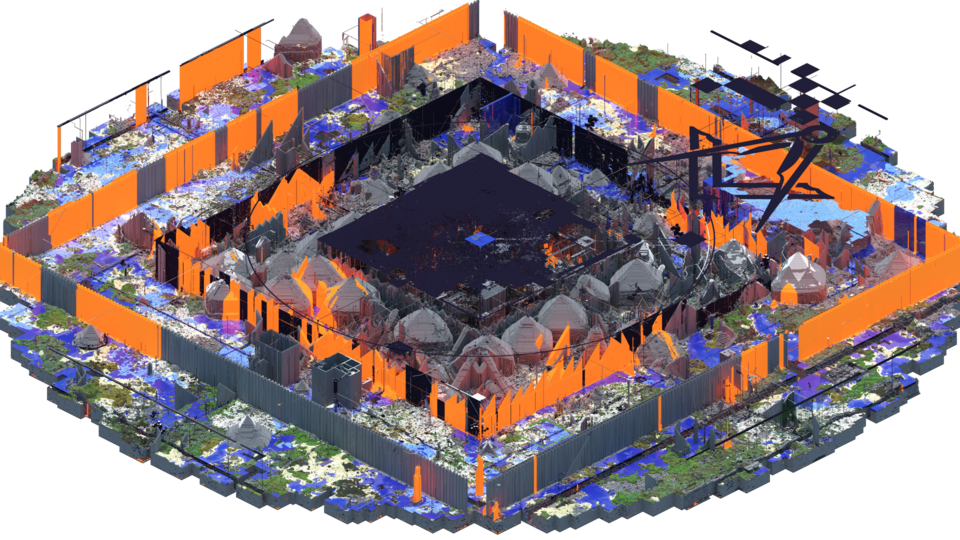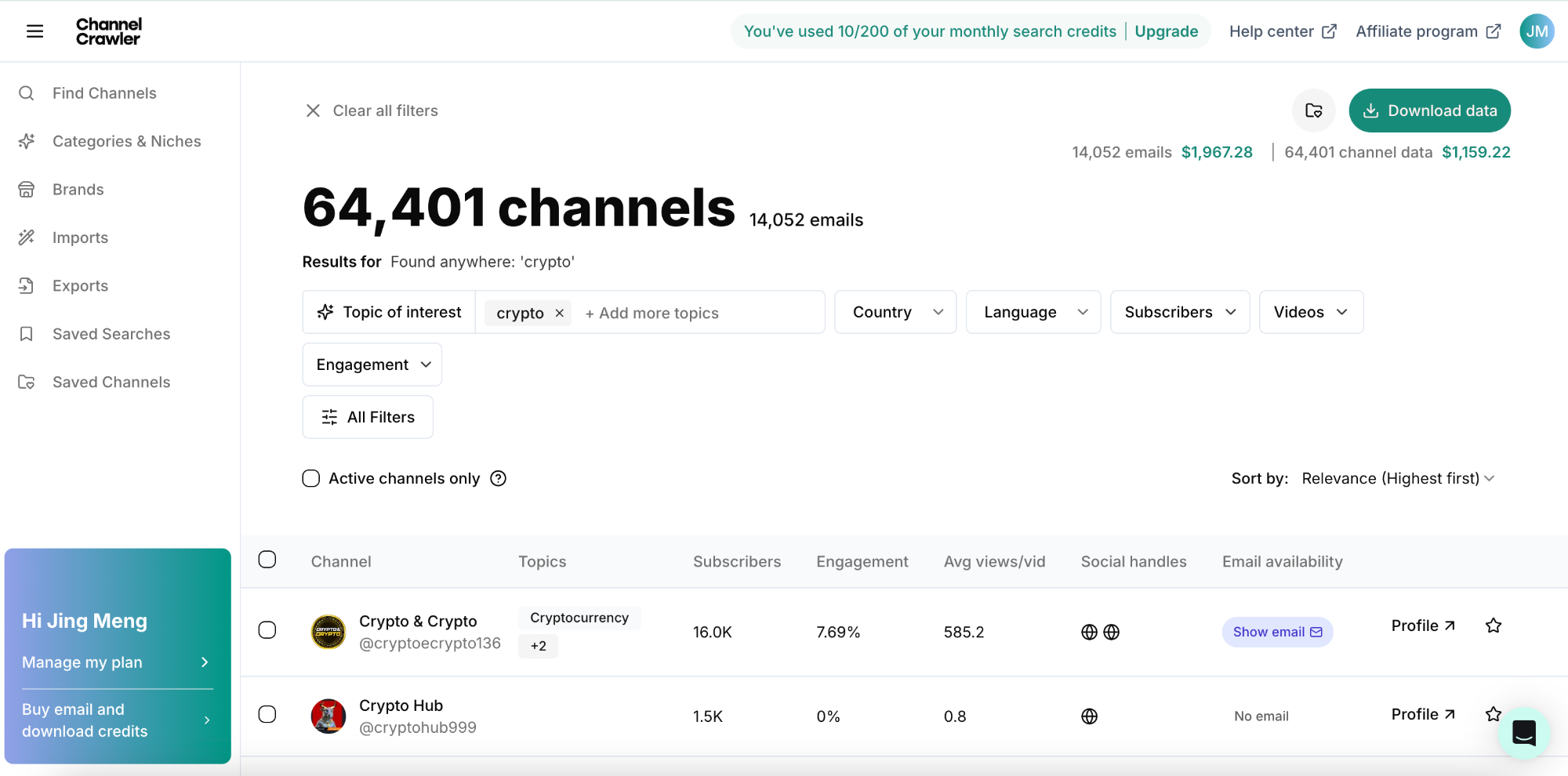How YouTubers Shaped 2b2t and the Rise of the Minecraft Creator Economy
 ChannelCrawler
ChannelCrawler

Back when Minecraft was still taking off, a server like 2b2t — known for its chaos and lack of rules — might’ve looked like a niche experiment. But over time, it turned into something much bigger: a stage for community rivalries, wild social dynamics, and unexpected stories. And interestingly, it wasn’t always the players inside the game who shaped its biggest moments — it was the YouTubers covering it.
This shift, where online creators influence, document, and at times dictate the evolution of digital spaces, is no longer unique to niche game servers. It has become a defining feature of the broader YouTube creator economy.
The YouTuber as Catalyst
What happens when an online community suddenly ends up in the global spotlight? In the case of 2b2t, a single video in 2016 by a popular gaming YouTuber triggered an event now known as the Rusher War. That one upload brought a flood of new players to the server — many of whom had no idea about its history or culture. The original, long-time players weren’t thrilled. In response, they launched sabotage campaigns: blowing up spawn points, creating traps, and destroying infrastructure to make the server nearly unplayable for newcomers. They built in-game propaganda walls, formed coordinated resistance groups, and turned the chaos into a kind of digital warfare. And all of it was fuelled — and escalated — by even more YouTube content.
This was not the first time gameplay videos had influenced a game world. But it was one of the clearest examples of a creator introducing scale, narrative, and instability into an otherwise insular digital environment.
Other communities have seen similar transformations. Whether through Let's Play series, mod showcases, or server documentaries, gaming creators now help set the agenda for what gains attention and what fades into obscurity.
MrBeast and the Question of Visibility
In 2020, MrBeast — one of the most recognisable figures on YouTube — briefly joined the 2b2t server. With tens of millions of subscribers at the time, the mere possibility of a video about the server prompted panic among the existing player base. Some feared the scale of exposure could permanently alter the community or overwhelm the server’s infrastructure.
Players organised quickly. Some issued public requests asking MrBeast not to release content. Others began preparing in-game defences. Eventually, through a conversation with long-time creator FitMC, MrBeast was persuaded that the server might not be a suitable fit for his brand or audience. He chose not to publish anything further.
The episode underscored how a single creator, even without uploading content, can significantly influence the direction of an online space. It also raised larger questions about exposure. Not all visibility is welcome, and the scale of attention from a major creator can destabilise small or niche communities.
From Commentary to Cultural Authority
Creators like FitMC, AntVenom and the late Etika demonstrate how YouTubers can become much more than entertainers. Many now act as chroniclers of in-game history, builders of collective memory, and cultural stewards. Their content shapes how audiences understand their virtual environments — influencing what is considered significant, controversial, or sacred.
These creators do more than reflect existing narratives. They often generate them. Their content decisions affect which players or factions rise to prominence, which events are remembered, and which stories reach broader audiences.
The result is a new type of influence, where creators function as both documentarians and participants in the systems they cover.
YouTube and the Infrastructure of Games
The impact of creators is not limited to culture. It extends into platform mechanics and economic structures. Following major video releases, game servers often adapt their infrastructure to cope with increased demand. In the case of 2b2t, player surges led to the introduction of login queues and premium access models.
In broader terms, the content decisions of gaming YouTubers influence everything from mod popularity to game updates. Developers often take cues from what creators feature. Community-led projects gain traction based on how much visibility they receive. Server performance, player retention and even donation models can shift depending on creator involvement.
In effect, creators have become part of the infrastructure of the games they cover.
The Value of Early Discovery
Many of the creators who drive these shifts begin years before they achieve wide recognition. Their early content often attracts a small but loyal audience, slowly building momentum until a specific moment propels them into the mainstream.
For marketers, researchers and game developers, the ability to identify creators at this earlier stage is critical. When creators are discovered too late, the opportunity for collaboration or meaningful engagement may already have passed.
Search platforms that allow filtering by topic, growth rate, audience size and content type offer a way to uncover emerging voices before they become headline figures. In a landscape where creator influence can move faster than institutional responses, early insight matters.
For those exploring this further, our article on how to find YouTubers by topic breaks down discovery strategies that align with fast-moving creator trends.
A Lasting Shift in Digital Power
The story of 2b2t is a vivid example, but it is not unique. Across gaming, entertainment and commentary, creators are increasingly shaping how culture moves through online spaces. Their reach is no longer confined to algorithmic success. It carries real influence over behaviour, infrastructure, and community design.
Understanding these dynamics is becoming essential for anyone working in digital ecosystems — not just in marketing, but in game development, platform strategy and community management.
For more on how creators shape engagement and growth, see our post on metrics beyond subscriber count, where we explore what really drives long-term influence.


